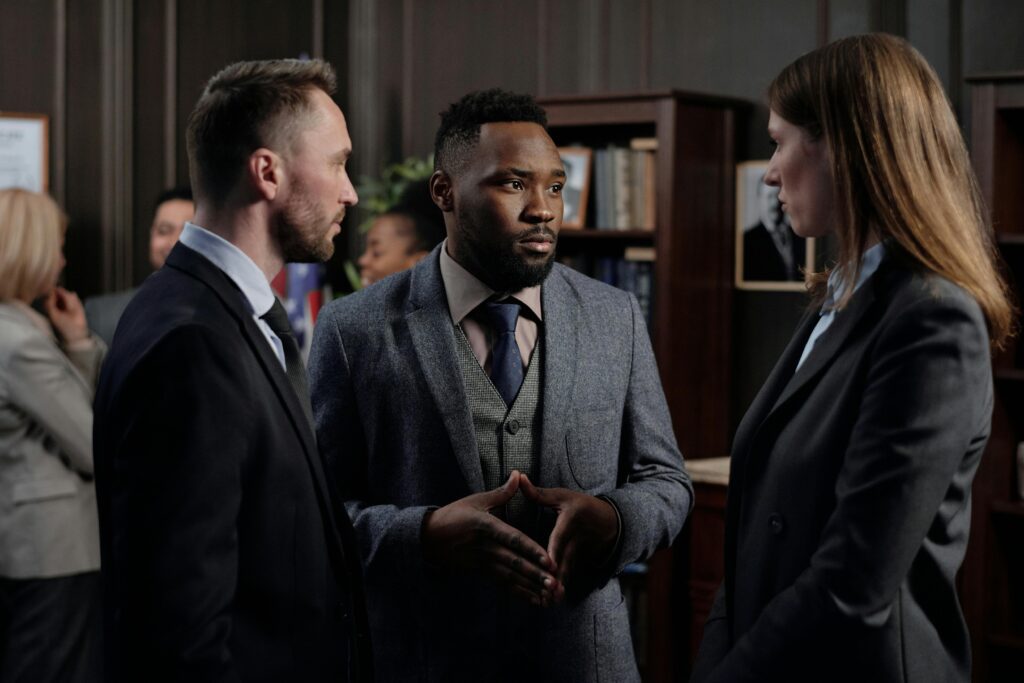
In the complex world of personal injury law, the divide between plaintiff and defense attorneys often seems unbridgeable. However, after nearly five decades in the field, I’ve come to realize that understanding both perspectives is not just valuable—it’s essential for achieving the best outcomes for all parties involved. My journey began on the defense side, representing insurance companies in workers’ compensation claims and defending professionals like teachers, police officers, and doctors in lawsuits. This experience provided me with a deep understanding of the motivations and constraints faced by insurance companies and their representatives.
In 1983, I broadened my practice to include representing injured individuals, and for the past 15 years, I’ve focused exclusively on plaintiff work. This shift allowed me to see the human impact of injuries and the struggles faced by those seeking to put their lives back together. The culmination of my career came a decade ago when I began working as a mediator. This role has given me a unique vantage point, allowing me to observe the dynamics between both sides and identify the key factors that can make or break a settlement. One of the most significant insights I’ve gained is the counterproductive nature of adversarial attitudes in negotiations. Too often, I’ve witnessed plaintiff attorneys “bash” insurance companies and adjusters, effectively derailing potentially successful mediations. This approach not only fails to achieve the desired results but also creates unnecessary hostility and prolongs the resolution process.
Instead, I advocate for a collaborative approach to settlement negotiations. By providing comprehensive information about the client, their injuries, and the impact on their life, we invite the claims representative to work with us towards a fair resolution. This method, grounded in mutual respect and professionalism, has consistently yielded positive results for my clients. It’s crucial to remember that regardless of which side we represent, we are all professionals trying to do our jobs to the best of our abilities. More importantly, we are all human. Recognizing this shared humanity can transform the negotiation process from a battle into a cooperative effort to find a just solution.
However, this collaborative approach doesn’t mean compromising on preparation or readiness for trial. In fact, thorough preparation from the outset of a case is what enables successful settlements. It demonstrates to the opposition that you’re willing and able to go to court if necessary, which often motivates more reasonable settlement offers. The key is to maintain a balance between assertiveness and cooperation. By treating the opposition as part of your team in problem-solving, rather than as an enemy to be vanquished, you create an environment conducive to productive negotiations.
In conclusion, bridging the gap between the plaintiff and defense sides of personal injury law requires empathy, professionalism, and a willingness to see beyond adversarial roles. By understanding the perspectives and constraints of all parties involved, we can work towards more efficient, fair, and satisfactory resolutions for our clients. This approach not only serves the interests of justice but also upholds the integrity of our profession and recognizes the shared humanity at the heart of every case.
